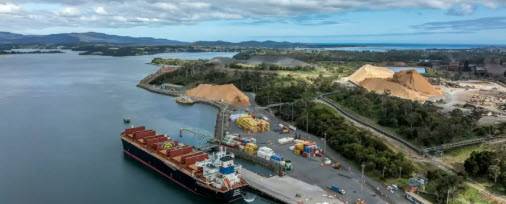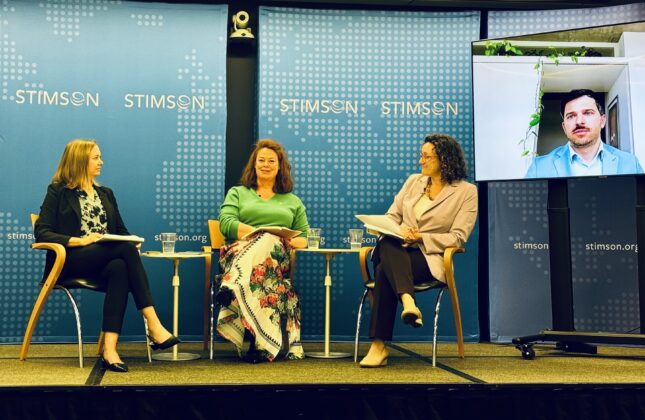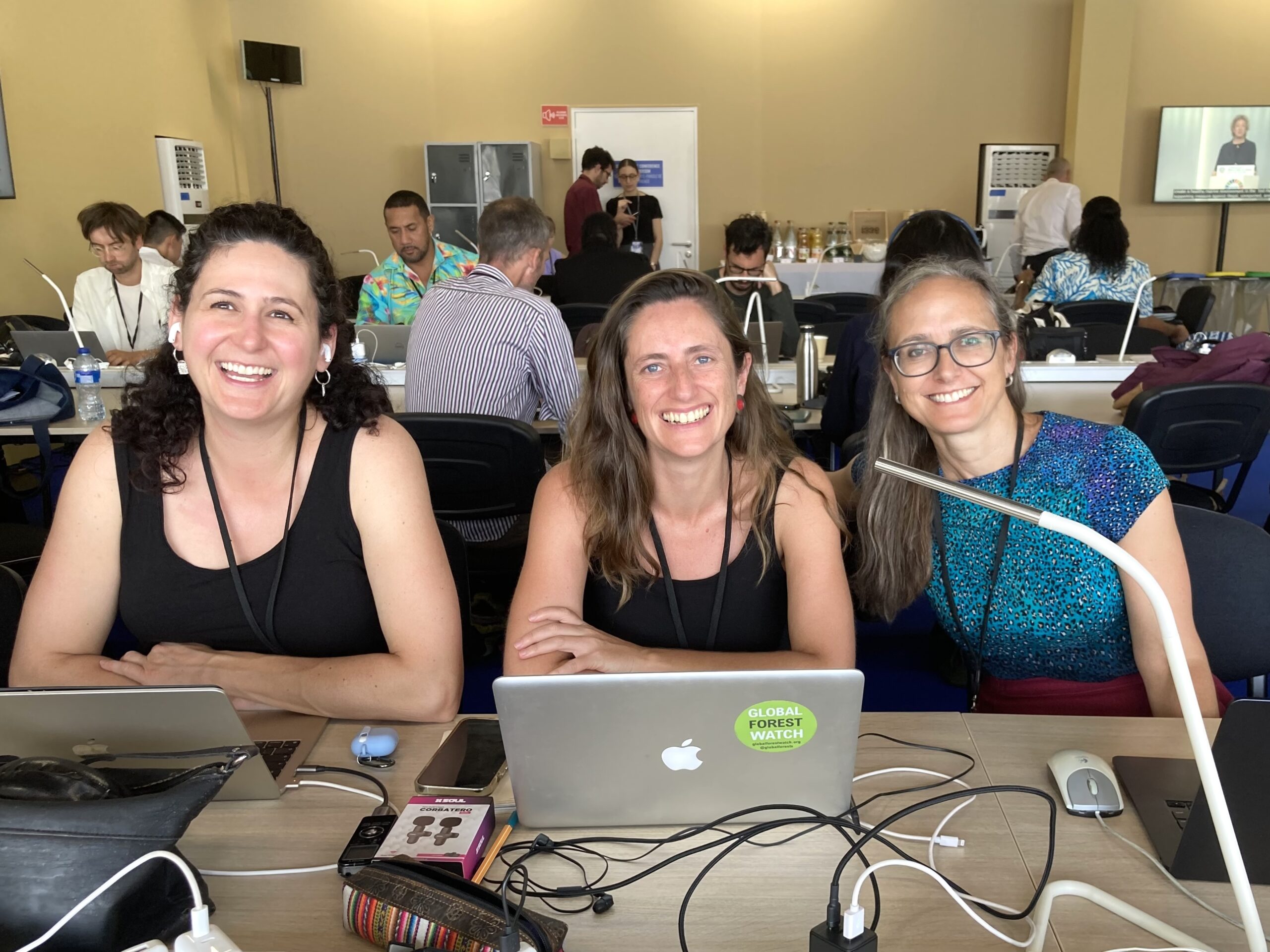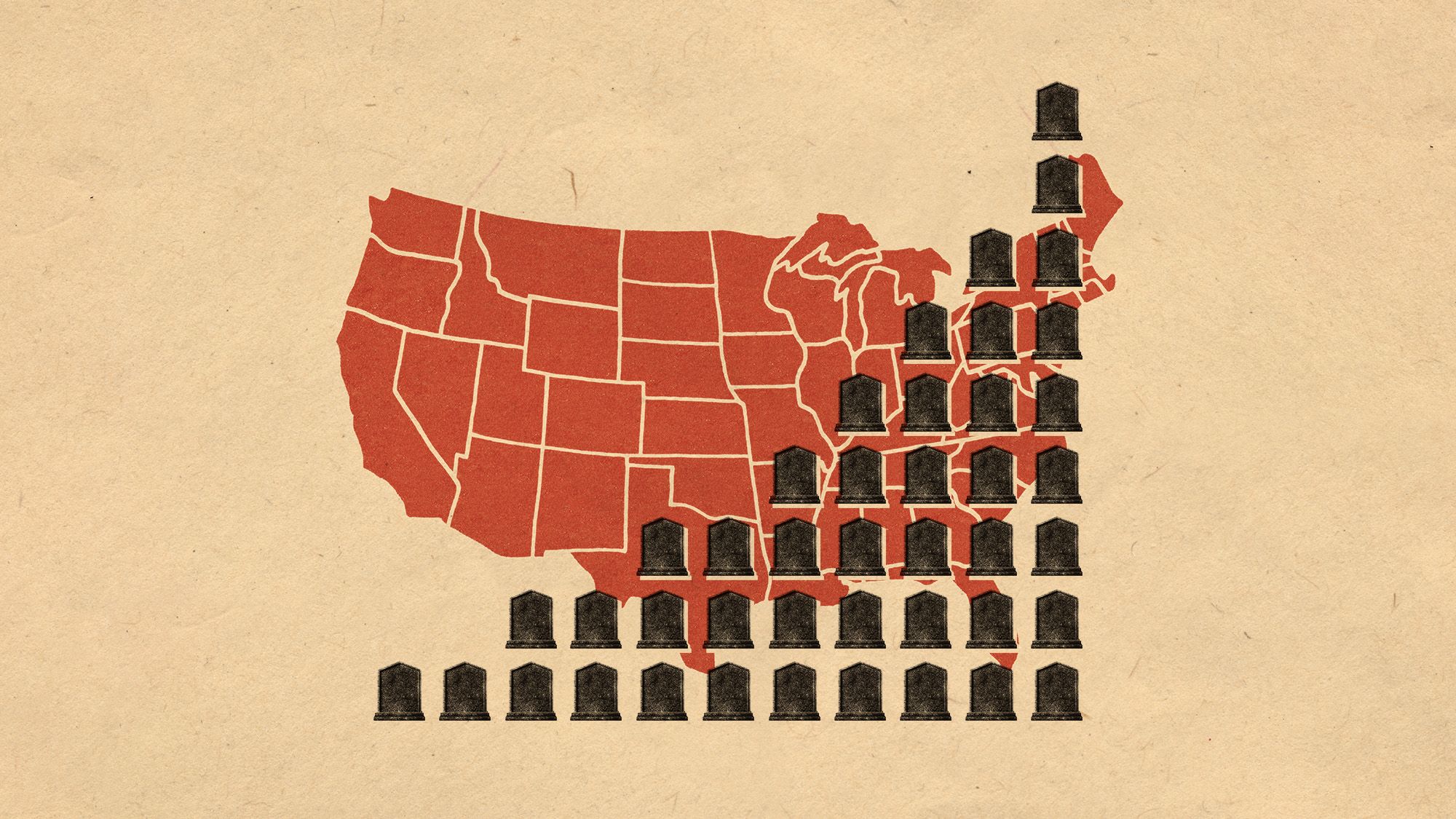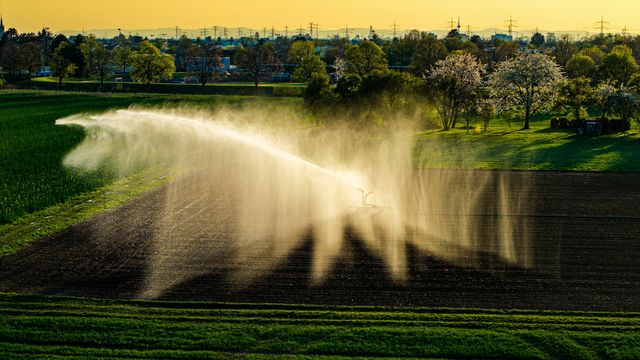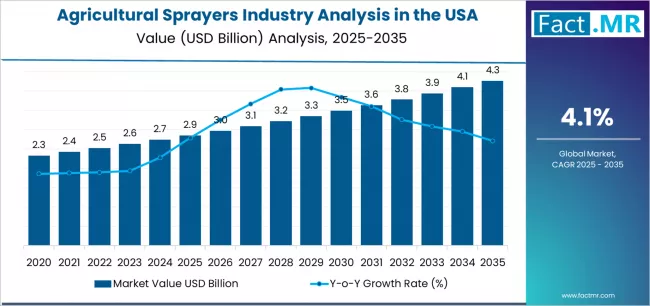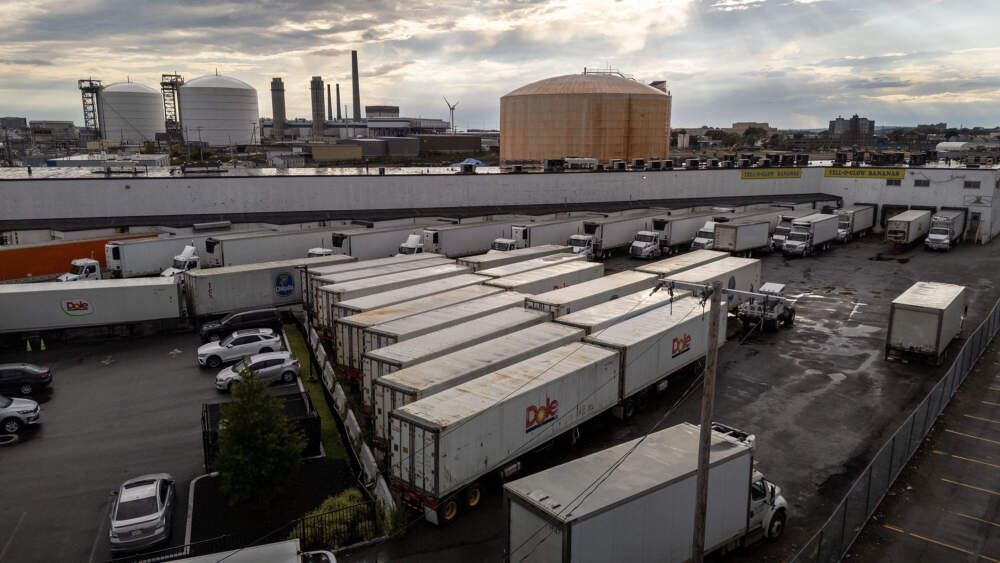Coastal areas in Chandpur flooded as Meghna swells – New Age BD
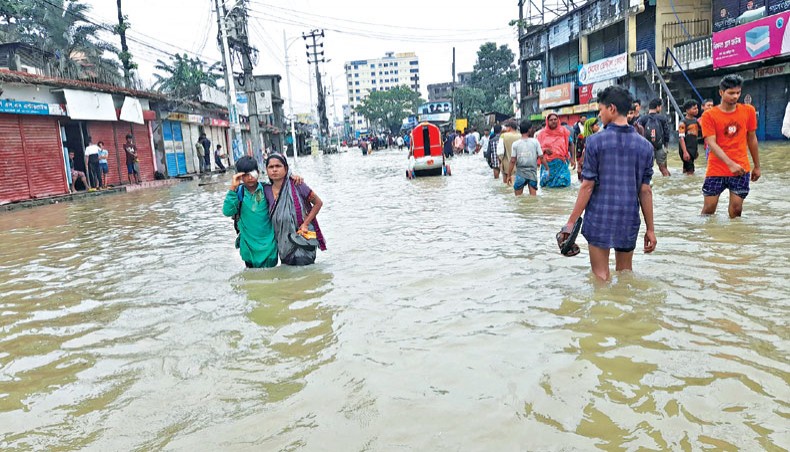
Report on Tidal Flooding in Chandpur and its Implications for Sustainable Development Goals
Executive Summary
On Friday, coastal areas of Chandpur district experienced significant flooding due to a tidal surge in the Meghna River, exacerbated by a low-pressure system in the Bay of Bengal. The event submerged numerous low-lying areas, displacing residents and causing substantial economic and infrastructural damage. This incident highlights critical vulnerabilities and challenges related to the achievement of several Sustainable Development Goals (SDGs), particularly those concerning poverty, food security, community resilience, and climate action.
Incident Analysis: Tidal Flooding in Chandpur District
Meteorological and Hydrological Factors
The flooding was a direct consequence of climatic and hydrological conditions, underscoring the urgency of SDG 13 (Climate Action).
- A low-pressure system over the Bay of Bengal was identified as the primary cause.
- The Chandpur Meteorological Office had forecast a tidal rise of 1 to 3 feet above the normal level.
- During the high tide at approximately 3:30 PM, the Meghna River’s water level surged by nearly three feet, flowing 21 centimetres above the designated danger mark.
Geographical Areas Affected
The inundation demonstrates a critical lack of resilient infrastructure, a core component of SDG 11 (Sustainable Cities and Communities).
- Approximately 30 low-lying char areas in Chandpur Sadar and Haimchar upazilas were submerged.
- In Chandpur town, water levels rose to the road surface in the Puratan Bazar area, threatening the integrity of the town protection embankment.
- Specific areas reporting severe impacts include Ronagowal, Paschim Shriramdi, the Harina Ferry area in Hanarchar union, and Bakharpur village in Chandra union.
Impact Assessment through the Lens of Sustainable Development Goals (SDGs)
SDG 1 (No Poverty) & SDG 8 (Decent Work and Economic Growth)
The floodwaters delivered a severe economic shock to the local population, directly undermining efforts to eradicate poverty and promote sustainable economic activity.
- Livelihood Destruction: Fish farmers, such as Yusuf Gazi of Bakharpur village, reported a total loss of fish stock as floodwaters washed away their ponds. This sudden loss of capital and future income pushes vulnerable households deeper into poverty.
- Economic Disruption: The flooding of homes and shops forced traders and day-labourers in Puratan Bazar to evacuate, halting commercial activities and income generation.
SDG 2 (Zero Hunger) & SDG 14 (Life Below Water)
The event has immediate consequences for local food security and aquatic ecosystems.
- Impact on Food Supply: The destruction of aquaculture represents a significant loss for local food systems, as fish farming is a primary source of protein and income. The incident highlights the vulnerability of food production to climate shocks.
- Ecological Disruption: The washing away of farmed fish into the river system poses a potential risk to the natural aquatic ecosystem of the Meghna River.
SDG 11 (Sustainable Cities and Communities) & SDG 13 (Climate Action)
The flooding exposed the acute vulnerability of local communities and infrastructure to extreme weather events, which are intensifying due to climate change.
- Infrastructural Damage: Paved roads, homes, and commercial properties suffered damage from inundation, indicating a need for climate-resilient infrastructure.
- Community Displacement: Residents were forced to evacuate with their belongings to seek safer locations, demonstrating a lack of community-level preparedness and safe shelters.
- Threat to Protective Barriers: The rise in water level near the town protection embankment raised concerns about a potential breach, which would lead to a catastrophic failure in community protection.
SDG 3 (Good Health and Well-being) & SDG 6 (Clean Water and Sanitation)
The flooding created conditions that threaten public health and access to essential services.
- Health Risks: The report noted “widespread panic” and “fears of snake bites” among residents, impacting mental and physical well-being.
- Water Contamination: The flooding of ponds and residential areas compromises clean water sources, increasing the risk of waterborne diseases, a direct challenge to ensuring clean water and sanitation for all.
Institutional Response and Preparedness
Early Warning Systems and Institutional Coordination (SDG 16 & SDG 13)
The response from government bodies indicates that while warning mechanisms exist, their effectiveness in prompting pre-emptive action at the community level is inconsistent. This points to a gap in achieving SDG 16 (Peace, Justice, and Strong Institutions).
- Advance Warnings Issued: The Senior Fisheries Officer of Haimchar confirmed that fish farmers were alerted about a potential rise in water levels from July 24 to 28 during a coordination meeting.
- Meteorological Forecasts: The Chandpur Met Office provided forecasts predicting the abnormal tidal surge.
- Gaps in Preparedness: Despite these warnings, fish farmers like Yusuf Gazi were caught unprepared, stating “the flood hit us suddenly,” indicating a failure in the effective dissemination or reception of warnings.
- Ongoing Monitoring: The Water Development Board in Chandpur confirmed its officers were on alert and actively monitoring the situation, expecting the high water levels to be temporary.
1. Which SDGs are addressed or connected to the issues highlighted in the article?
The article on flooding in Chandpur’s coastal areas touches upon several Sustainable Development Goals (SDGs) due to the wide-ranging impacts of the natural disaster on the local population, economy, and infrastructure.
-
SDG 1: No Poverty
The flooding directly impacts the economic well-being and living conditions of the residents, particularly the poor and vulnerable. The article mentions day-laborers like Moron Dhali being affected and people being forced to evacuate with their belongings, indicating a direct threat to their assets and livelihoods, pushing them further into poverty or precariousness.
-
SDG 2: Zero Hunger
The article highlights a significant threat to local food production and security. The flooding of ponds and the washing away of fish stocks directly impact the livelihoods of fish farmers like Yusuf Gazi. This loss not only affects their income but also the local food supply, connecting the event to food security and sustainable agriculture (aquaculture).
-
SDG 11: Sustainable Cities and Communities
The event described in the article is a clear example of a water-related disaster affecting human settlements. It discusses the submerging of low-lying areas, homes, roads, and shops. It also raises concerns about critical infrastructure, such as the “town protection embankment,” which is vital for the community’s safety. This directly relates to making cities and human settlements inclusive, safe, resilient, and sustainable.
-
SDG 13: Climate Action
The article explicitly links the flooding to a “low pressure over the Bay of Bengal” and forecasts of rising tide levels, which are climate-related hazards. The entire incident underscores the need to strengthen resilience and adaptive capacity to such natural disasters, which are becoming more frequent and intense due to climate change.
2. What specific targets under those SDGs can be identified based on the article’s content?
Based on the issues discussed, the following specific SDG targets can be identified:
-
Target 1.5: Build resilience of the poor and reduce their vulnerability to climate-related extreme events.
The article illustrates the vulnerability of the local population, including “day-labourer Moron Dhali,” to the flood. The event forced residents to evacuate and caused damage to homes and property, highlighting the need to build resilience among these vulnerable groups to mitigate the impact of such environmental shocks.
-
Target 2.4: Ensure sustainable food production systems and implement resilient agricultural practices.
The devastation faced by fish farmers, whose ponds were flooded and fish washed away, points directly to this target. Yusuf Gazi’s statement, “I have been raising fish in my pond. It was flooded… and the fish were washed away,” shows the failure of existing agricultural (aquacultural) practices to be resilient against flooding. The need for protective measures like barriers is a call for more resilient practices.
-
Target 11.5: Significantly reduce the number of people affected and decrease direct economic losses caused by disasters.
The article details the impact of a water-related disaster: “around 30 low-lying char areas” were submerged, “Floodwaters entered homes and shops,” and people were forced to evacuate. The economic losses are evident in the damage to paved roads and the loss of fish stocks. The concern over the “town protection embankment” also aligns with protecting communities from such disasters.
-
Target 13.1: Strengthen resilience and adaptive capacity to climate-related hazards and natural disasters.
The flooding event itself is a climate-related natural disaster. The response from officials, including the Water Development Board and the Met Office, who are monitoring water levels and issuing forecasts (“tide levels were forecast to rise by 1 to 3 feet”), represents efforts to manage and adapt to these hazards. The event demonstrates the community’s existing (and needed) adaptive capacity.
3. Are there any indicators mentioned or implied in the article that can be used to measure progress towards the identified targets?
Yes, the article contains several explicit and implicit indicators that can be used to measure the impact of the disaster and, conversely, progress towards the identified targets.
-
Indicators for Targets 1.5 and 11.5 (Disaster Impact and Resilience)
- Number of people affected/displaced: The article mentions “widespread panic among residents” and that “locals to evacuate with their belongings to safer locations.” A precise count would serve as a direct indicator.
- Number of housing units damaged: The text states that “Floodwaters entered homes and shops.” Quantifying the number of affected homes is a key indicator.
- Direct economic loss: This is implied through the loss of fish stocks (“the fish were washed away”), damage to infrastructure (“paved roads have suffered damage”), and damage to commercial properties (“shops”).
- Damage to critical infrastructure: The article notes “concerns about possible damage to the embankment itself,” which serves as an indicator of infrastructure vulnerability.
-
Indicators for Target 2.4 (Resilient Agriculture)
- Loss in agricultural production: The primary indicator mentioned is the loss of fish from aquaculture ponds. The statement “fish farmers were the worst affected ones” implies a significant loss in this sector.
- Adoption of risk reduction strategies: The advice from the fisheries officer to “take protective measures” and the fact that farmers “had no time to construct barriers” implies that the presence or absence of such protective structures is a measurable indicator of resilience.
-
Indicators for Target 13.1 (Climate Adaptation and Early Warning)
- Existence and effectiveness of early warning systems: The article mentions that “fish farmers were alerted during a coordination meeting” and that the Met Office had forecast the rise in tide levels. The effectiveness of these warnings can be measured by how many people acted on them.
- Measurement of hazard intensity: The article provides specific data points like “the Meghna River was flowing 21 centimetres above the danger mark” and the water level “surged by nearly three feet.” These measurements are crucial indicators for monitoring climate-related hazards.
4. Table of SDGs, Targets, and Indicators
| SDGs | Targets | Indicators Identified in the Article |
|---|---|---|
| SDG 1: No Poverty | 1.5: Build the resilience of the poor and those in vulnerable situations and reduce their exposure and vulnerability to climate-related extreme events. |
|
| SDG 2: Zero Hunger | 2.4: Ensure sustainable food production systems and implement resilient agricultural practices that strengthen capacity for adaptation to climate change, extreme weather, drought, flooding and other disasters. |
|
| SDG 11: Sustainable Cities and Communities | 11.5: Significantly reduce the number of people affected and substantially decrease the direct economic losses caused by disasters, including water-related disasters. |
|
| SDG 13: Climate Action | 13.1: Strengthen resilience and adaptive capacity to climate-related hazards and natural disasters in all countries. |
|
Source: newagebd.net

What is Your Reaction?
 Like
0
Like
0
 Dislike
0
Dislike
0
 Love
0
Love
0
 Funny
0
Funny
0
 Angry
0
Angry
0
 Sad
0
Sad
0
 Wow
0
Wow
0







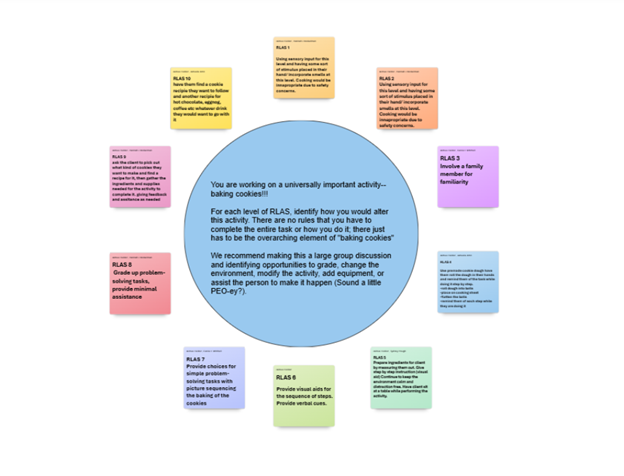
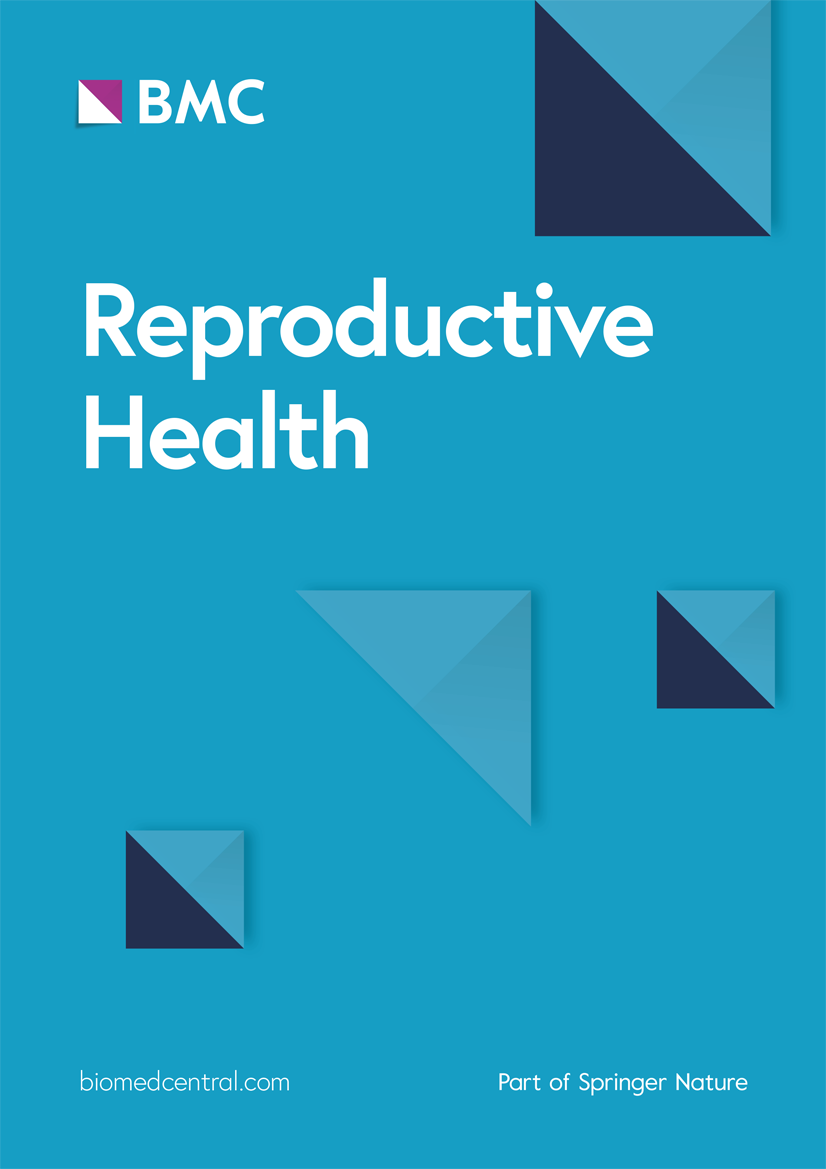


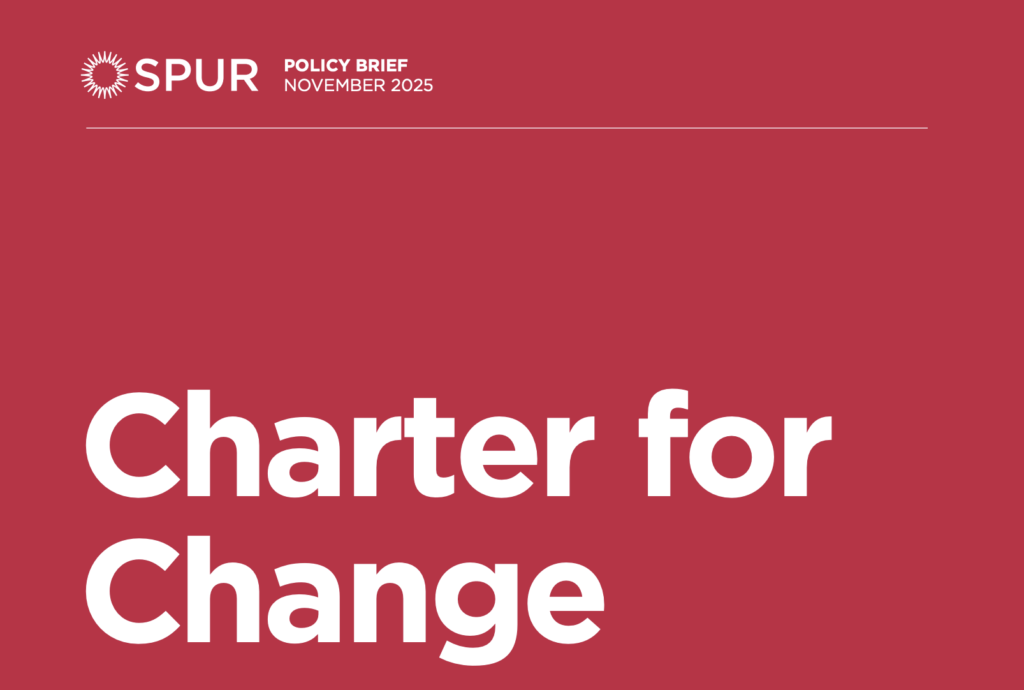

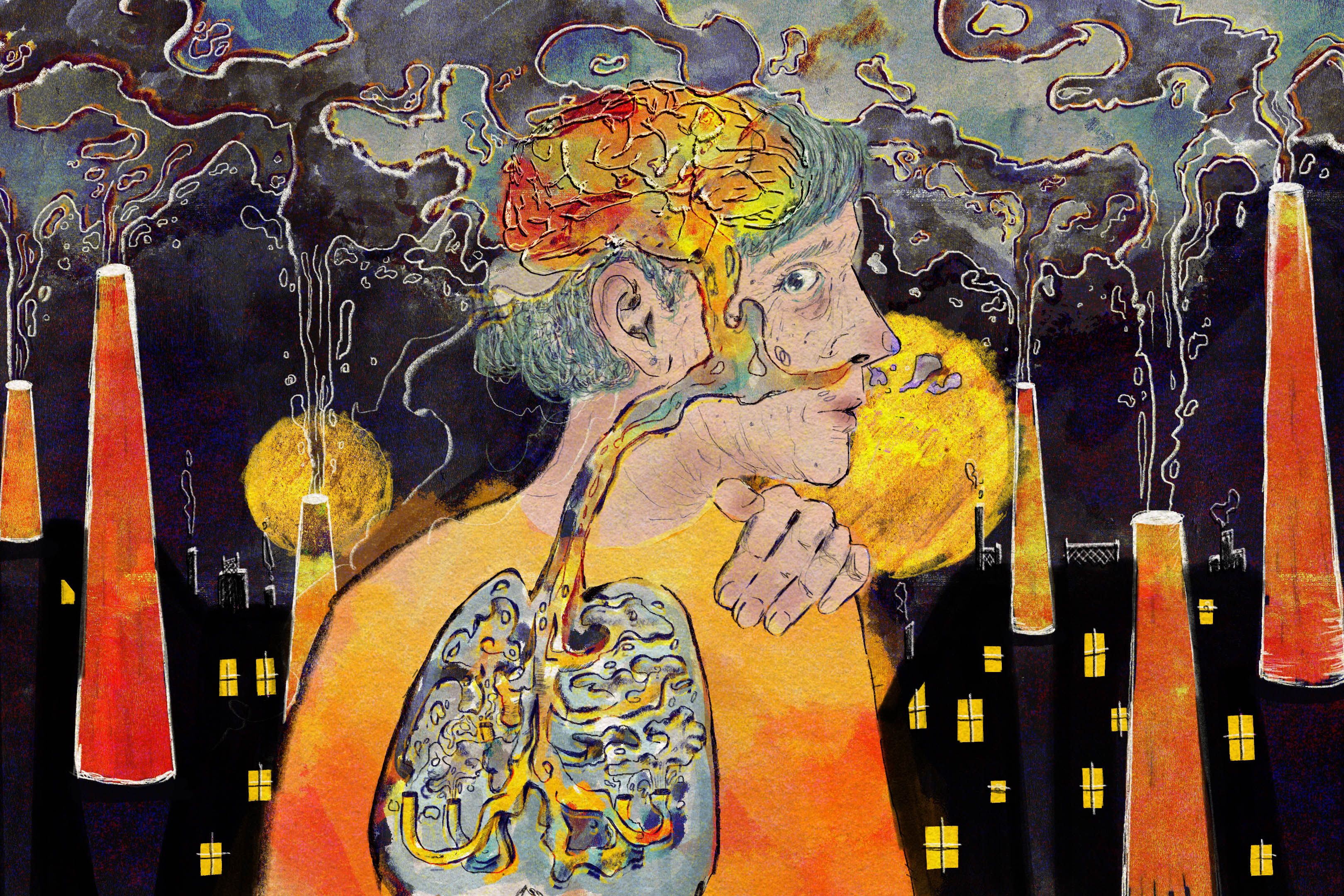














.jpg?#)




